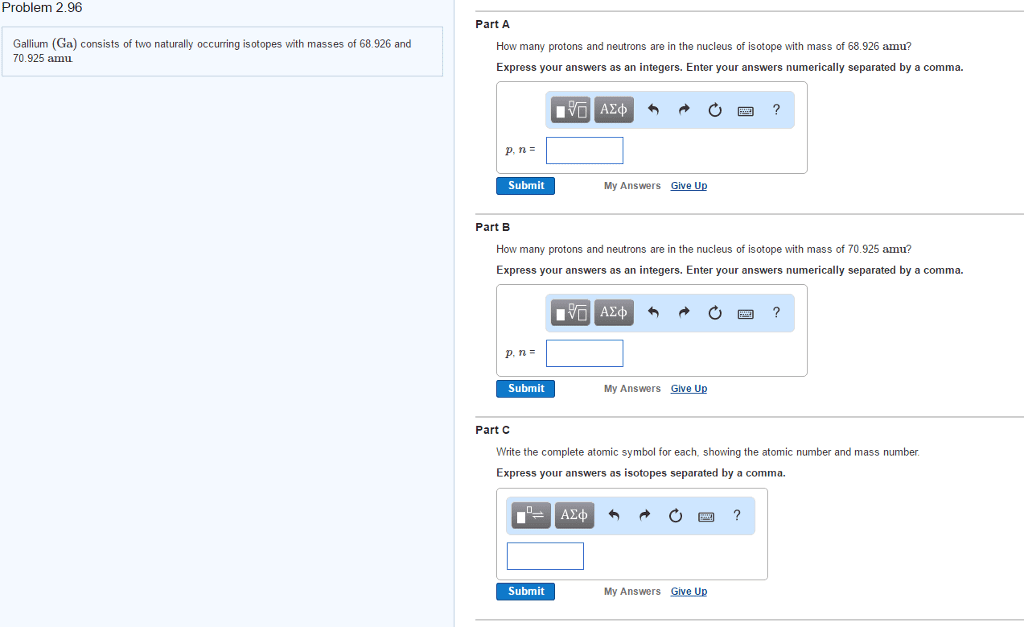CHEM 001W Lecture Notes - Lecture 4: Nitric Oxide, Hydrogen Peroxide, Unified Atomic Mass Unit
Document Summary
Masses of atoms for different elements depends on # of p^+"s and n^o"s. Protons (p^+) and neutrons (n^o) both have mass of 1 amu ( 12 atomic mass # (mass of protons & neutrons) 6 atomic # (the # of protons) Atomic # = # of protons - identifies the different elements. 1 proton = 1 neutron = 1 amu (atomic mass unit) Average atomic mass -- weighted, average of the naturally occurring isotopes. Weighted average - based on natural abundance of the isotopes. Carbon-12 is 98. 93% abundant - closest to the atomic mass # if you multiply the given percentage of each isotope. Compound: pure substances comprised of different atoms. H2o2: heavier overall mass, % of o & h would be different. We can use the average atomic masses to determine mass ratios. If the mass ratio changes, then you have a different compound. H2o 88. 78% o and 11. 22% h. H2o2 94. 06% o and 5. 94% h.




